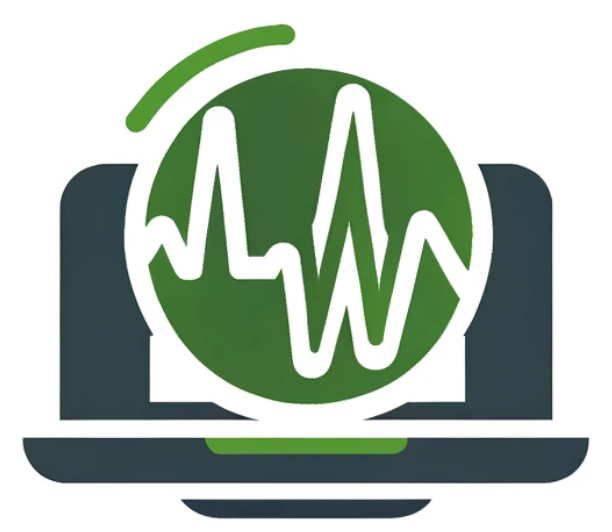Here is a summary from Ian Pun:
Here are the take away points:
CV RISKS:
Dr. Raymond Chan , cardiologist, showed randomized trials of statins and now PCSK-9 inhibitors have shown that lowering LDL-C reduces cardiovascular risk, confirming that LDL-C is a cause of atherosclerotic disease so it beneficial to have the patient’s LDL as low as possible especially for secondary prevention.
I, Dr. Ian Pun, showed how to search for high LDL patient using my report by Template lab searching query which searches for the most recent lab value of every patient.
First I had my audience , who mostly were seasoned OSCAR users, try it out with their own OSCARs
Using ADMIN->QUERY by EXAMPLE
select * from measurements where type = “BP” limit 10;
to make sure their OSCARs had the LDL values as part of measurements.
Then they ran my lab searching report by Template (download in my google classroom https://classroom.google.com/o/OTUxNjY5MTE4M1pa , PM me for access code) for LDL > 5. Then these high risk patients could be accessed first.
Furthermore, I showed a search (requires backend SQL) to QUERY PATIENTS who have LDL > 2 and already on Statin and Ezetimide for PCSK-9 inhibitor treatment. Personally, I have found a handful in my own practice.
Artificial Intelligence:
A.I. encompasses rule based systems (like existing SQL queries in OSCAR) to machine and deep learning systems using neural nets, modelled after biological nervous systems. A.I. using deep learning provides a predictive model that is formed from training data, not based on preprogrammed rules. A.I. learns from examples, not programmed. However, a hugh quantity of quality data is needed.
Using google tensorflow , I demonstrated graphically how a simple neural net works, classifying two different populations with 2 dimensions. Simple data clusters that are simple shapes are easy to train. More complex shapes required more nodes and more neuronal layers to figure out.
Classifying my OSCAR measurement data into Hypertension, Diabetes, CV , I will train the neural net model using Googletensor flow. I graphed the relationship of A1C vs BMI vs Diabetes .
Dr. Raymond chan asked, “Patients who are outliers , do not fit the categories and have problems. How will a neural net find these?” Unfortunately, the neural net will not be sensitive enough to detect this. It can only be solved with more data as outliers may have a different unknown variable. He also asked “Is a neural network brute forcing its solution?” I would say it’s not because it doing it algorithmically and recursively to find the optimum solution from by minimizing the feedback error loop. Brute force is the computer’s way of trying every possibility and picking up the optimum solution. Neural Nets don’t try every possibility, only optimal ones.
Taking Photos to OSCAR — USERS are doing it!
I recommended every patient sign a PHOTO CONSENT if you intend to take a picture of any of their medical conditions.
I showed the two device (phone and computer) method of taking a picture to OSCAR.
Log onto to OSCAR on both devices. Go to patient eChart on computer. Go to patient demographic screen on phone.
On phone , add document, select PHOTO type, type PHOTO description and ADD DOCUMENT. The phone will show you to use the CAMERA APP. Take the picture and check on checkmark. Then click on ADD. On the computer refresh the screen and you’ll see the photo document added.
No extra apps are needed for this technique and your phone photo does not go onto the cloud storage as it is stored temporarily before it is uploaded to OSCAR.
A gastroenterologist in the audience said he uploads his gastroscope pictures onto OSCAR using USB and shows patients polyps on the computer to convince the patients to have them removed.
Tracking Labs
I showed my RbT that matches each patient the lab test request on the lab form (e.g. PSA) to the corresponding measurement received (e.g. PSA) and reports the patients whose measurements that were not found.
We talked about using ticklers and messenger to track lab results and recalls but agreed there are many potential points of failure from patient, lab and physician.
The GI doctor is concerned that when he sends specimens for pathology, he has no way of tracking the result as it comes back on the lab HL7. I told him this can be resolved with an histology eform to match with the HL7 result, However, unlike blood labs , there is no LOINC code for a histology result as it is text only and not pushed to measurement.
Vaccine coding
The Ontario government made a law starting July 1, 2018 that every physician must report public vaccines given directly to public health on-line.
I showed the vaccines have to be coded for name, lot number, location , route, dosage in PREVENTIONS. Hopefully this information will be automatically transferred to eHealth with OSCAR updates.
The present ICON system for entering vaccines is very user un-friendly.
Also, in the meantime I suggested to code vaccines as templates with perhaps later code can populate the preventions automatically
MAKE ENCOUNTER TEMPLATES for vaccines prefix with #V #
#V #Gardasil 9 HPV vaccine MERCK , N035952 10NO2019 , L deltoid , 0.5 cc, im
The complete slide presentation will be uploaded to my google classroom https://classroom.google.com/o/OTUxNjY5MTE4M1pa soon.
Ian
Slides can be found here: OSCARconf4_180614
